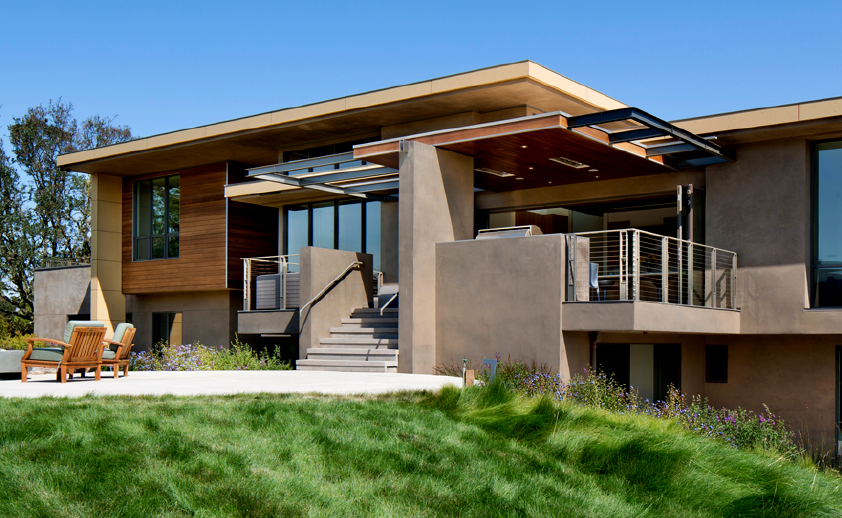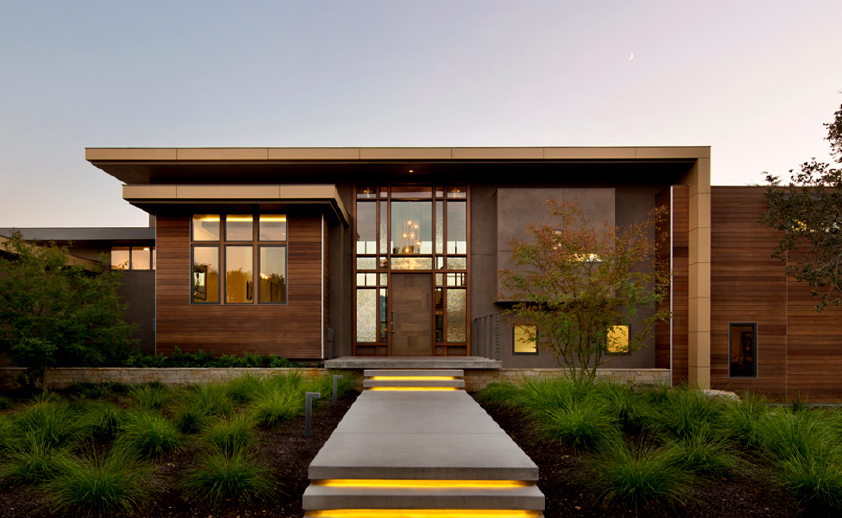
Tobin Dougherty Architects is a San Francisco Bay area firm known for their eco-friendly designs that make the most of indoor/outdoor space. Founded by registered architect Tobin T. Dougherty, a member of the American Institute of Architects with over thirty-five years of experience, the firm’s designs excel through their distinctive combination of clean lines, dramatic structure, and a deep-rooted sense of place.We sat down with Tobin to learn how an area’s landscape affects his designs and how it can play into eco-conscious home design practices. We also discussed his design philosophy, his approach to continuing education, and why he chooses Infratech heaters for his forward-thinking designs. Read on to discover what makes Tobin Dougherty Architects truly visionary.
Where did you get your start as an architect? Was it in the residential or commercial space — or both?
I am a self taught architect. I started in the building industry at a young age, drafting and designing homes for local residential builders. My licensing is based on the apprenticeship program. I have spent over forty years now in the practice.
What would you say is the cornerstone of your firm’s work?
Our primary work is residential. And, while I can say “residential” is our cornerstone, our creative approach can always be linked to the concept of “sensitivity.” Each project must be sensitive to the client’s needs and their budget, in addition to all the environmental and functional considerations. Keeping that awareness and thoughtful approach is absolutely a fundamental practice for the firm.
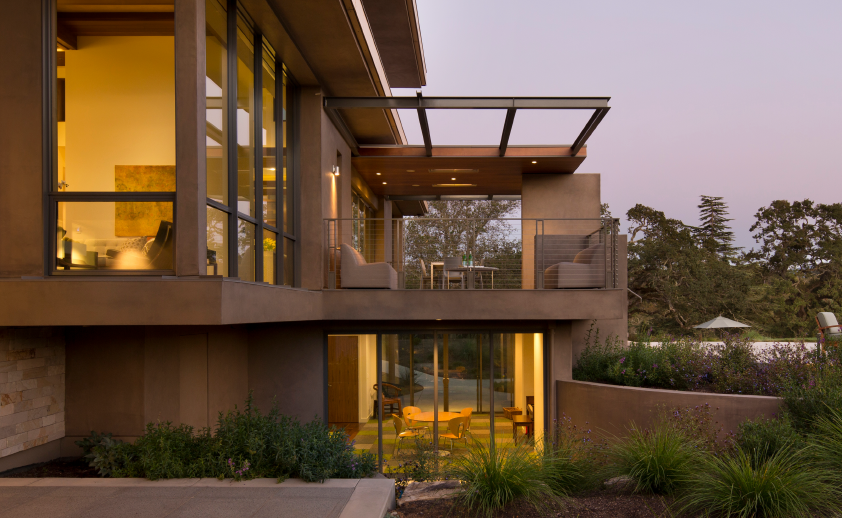
We understand that your firm began designing energy efficient homes with ecological building materials and standards before green came into vogue. What drove you to these standards before the industry idealized and demanded it?
Early on in my career, passive solar design was new and exciting and I was very eager to be a part of that movement. From that first introduction, I’ve felt a responsibility to stay aware and knowledgeable about this environmental aspect of design. So it comes down to my personal interest in the concept of green building and standards but I am certainly happy to see it becoming a more popular, common practice.
According to your design philosophy it takes years of hands-on experience to find the balance between emerging approaches and the time-tested best practices of detailing and equipping homes. How do you incorporate these emerging approaches without losing the value of your time-tested practices?
For me, new design approaches enhance and give variation to the time-tested best practices I’ve learned over the years. As a self-taught architect, I’ve always been responsible for my own education so I’ve really built this habit of constantly seeking information; I couldn’t be unwilling to try things just because they were new. A lot of effort is required in this — staying diligent and continuing education as a designer — you have to always invest in understanding new materials, finishes, and products, just to keep up. My position is to always move forward and learn new techniques, forever a student to this profession and the industry.
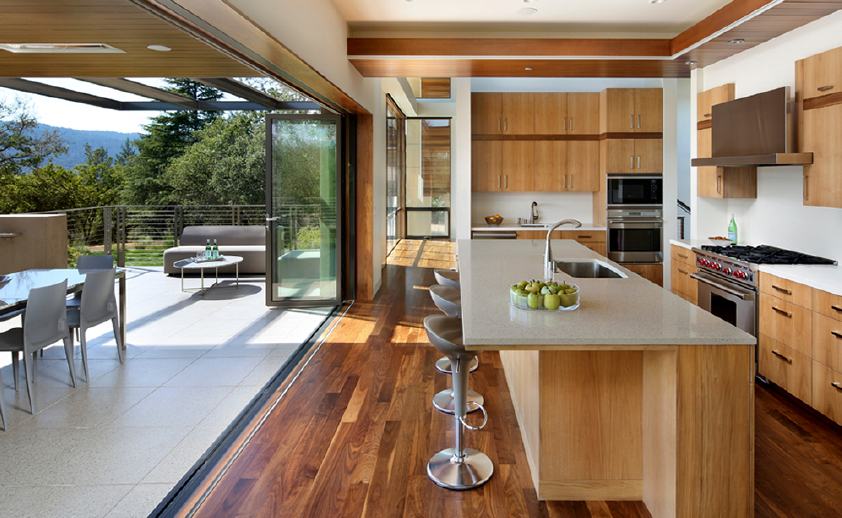
You stress a particular harmony and connection to place with your residential designs. Can you explain how the environment dictates your approach to planning and design? What region of the US have you most easily identified with in your process and why?
West Coast indoor/outdoor living. The environment is very clearly defined when you’re looking at piece of land that will be someone’s future home. You don’t want to feel out of place in your home and the home shouldn’t appear to be out of place in its environment so we design and equip it with sensitivity to everything that defines the location: weather, altitude, vegetation, view direction, slope.
Your portfolio of passive and active solar home designs has pioneered the use of local, natural and recycled building materials. Can you briefly touch on your process and philosophy for sourcing these materials?
It’s experience and awareness. I go back to the concept of constantly seeking information. Creativity in anything is finding solutions (to design) building materials and resources that are unique and creative. We don’t limit our options. We’ve used some amazing recycled materials, such as old-growth reclaimed western red cedar we used for the exterior of a Portola Valley home. Not only is it gorgeous and sustainable, but also more bug-resistant and stable, meaning it won’t twist and sacrifice design elements in the future.
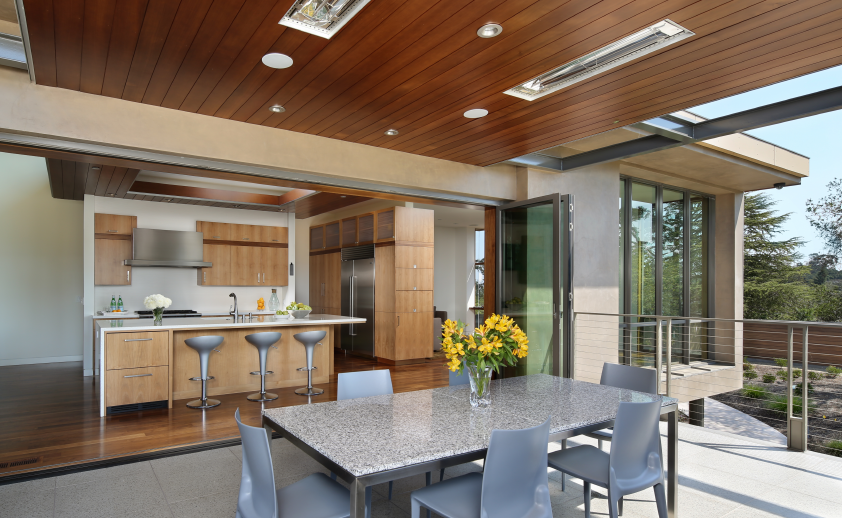
When and why did you specify Infratech Comfort Heaters in your work?
I’ve used Infratech Comfort Heaters a number of times in homes. We like the product because it has a clean application. We can incorporate them into our finishes. Being that we love indoor/outdoor spaces, heat and comfort is of utmost importance.
As an architecture firm who is on the forefront of sustainable, ecological design, what do you see as the future of environmentally conscious residential design? What industry trends do you see coming into focus during the next few years?
I see a continued goal for spatial efficiency. Another really great trend is hidden fixtures and furnishings. Efficiency of lighting is a huge change in our industry. Automation is totally changing to become simple, thankfully. In the industry as a whole, I see technology continuing to integrate and becoming more personalized within the home.
You have been known to bring a particular sense of warmth and comfort to modernism through fundamentals like clean lines and high drama. Can you briefly explain this fusion of elements and the aesthetic phenomenon it produces?
When you’re standing inside a building, your mind’s eye is controlled, as opposed to looking out over a broad vista, or standing under the sky. Architecturally, we have the ability to control what your mind’s eye sees and that’s a huge responsibility. A lot of people don’t take advantage of that. You can’t have effective volume unless you have something to relate to and design elements such as clean lines and high drama are how I’ve chosen to guide one’s experience and relationship to a space. When you don’t have a focus you lose your center and sense of comfort. Warmth and comfort also comes from the light and material choices.
